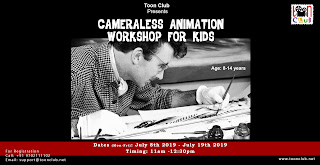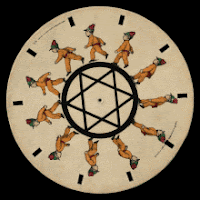Animation and Storytelling

Ain’t it difficult to weave a perfect story? When it comes to creating a story, it is not that simple as it may sound. There are many elements to be considered and a lot of brain storming is required. How to make a story interesting? How to grab the attention of the audience while narrating your story? What medium would be more effective in delivering a message? How to make sure that your story will be remembered for a long time? Children have vivid imaginations and ardent story building capacities. When this flair is nurtured, their creativity is elevated. “How to spur one’s creativity?” is a vague question. Because there are many art forms that a child can ace. Which one of those specifically tap creative thinking, imagination and innovation is a very subjective matter. Animation is an incredible form of art that is used for storytelling. Stories are more effective when served by departing from reality. In order to do this it is necessary to develop the ability to th


